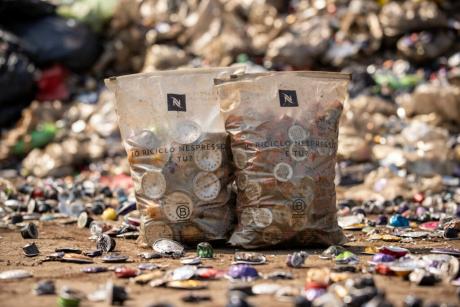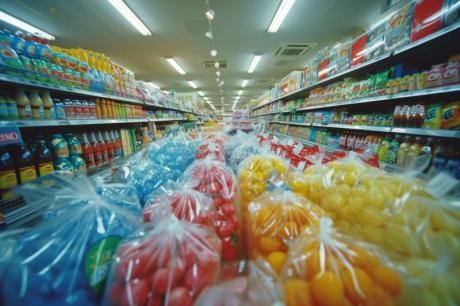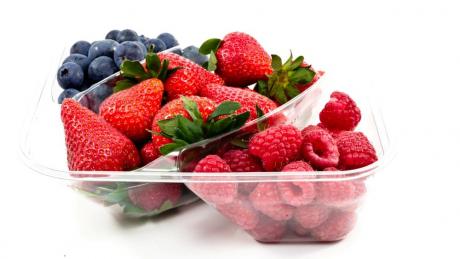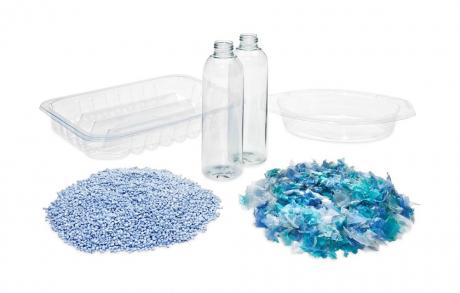Aliplast and Mirage have created a virtuous circle for the recovery of plastic films used in ceramic production processes.
Closed Loop for the ceramic industry: how it works
For more than 50 years, Mirage has been producing tiles for interior and exterior walls. The process that leads to their production includes several stages during which the tiles are packaged several times using plastic film, a procedure that results in the use and disposal of large quantities. The recovery project carried out by Aliplast involves first of all the selection and volumetric reduction of this waste material, a phase that takes place directly on site, in the Mirage plants. The material is then converted into granules and then into new packaging film, ready to be reintroduced into the Mirage production cycle.
Waste recovery
The recovery activity is carried out according to the logic of the "closed loop", a principle aimed at maximum sustainability, which involves the recovery of plastic waste from companies and the subsequent treatment and regeneration phases to obtain a quality product with technical characteristics equivalent to those of virgin material.
Aliplast methodology and data
One of the aspects usually measured is the CO2 equivalent, based on the IPCC 2013 GWP 100 methodology. The results of this analysis have shown that, thanks to the production of around 100,000 tonnes of recycled products, Aliplast avoids the emission of around 170,000 tonnes of CO2 equivalent per year (2022 figures). This saving is equivalent to more than 400,000 barrels of oil. In other words, the contribution of suppliers and customers who choose Aliplast's recycled products has a significant impact on the reduction of greenhouse gas emissions, comparable to the effect of about 100,000 petrol cars driving 10,000 km in one year.
Results of the partnership with Mirage
Every year, Aliplast supplies Mirage with more than 500 tonnes of shrink film, with a recycled content of more than 80%. The use of this material results in an environmental benefit of approximately 1,200 tonnes of greenhouse gases avoided.








